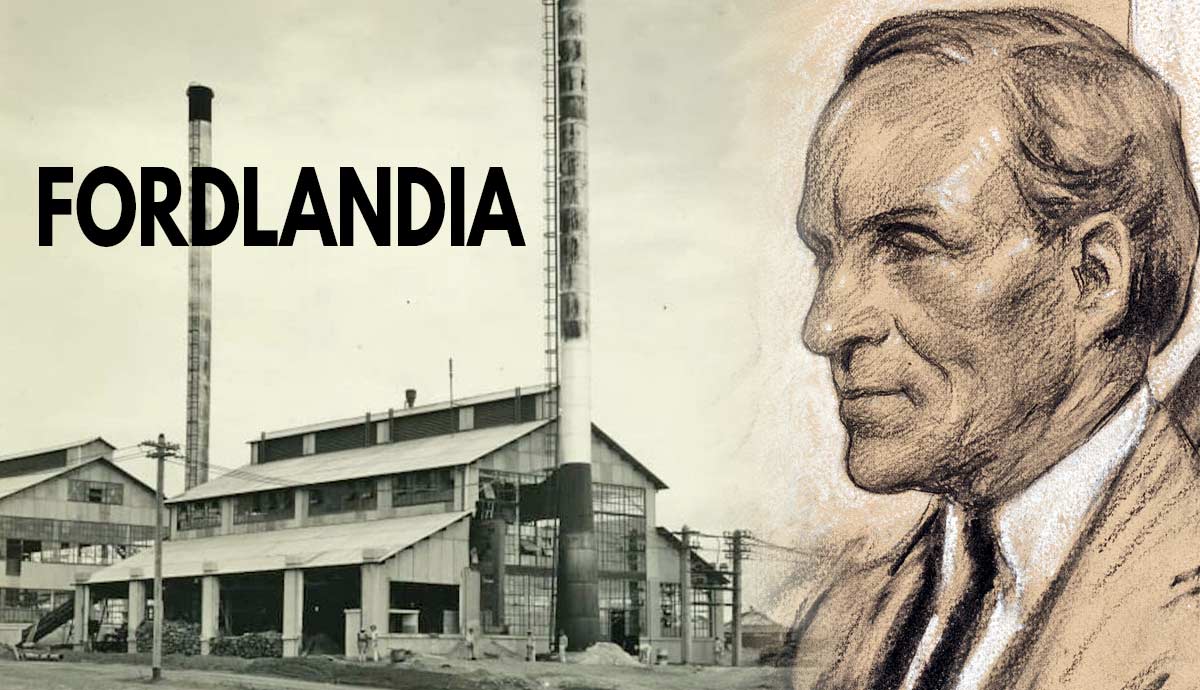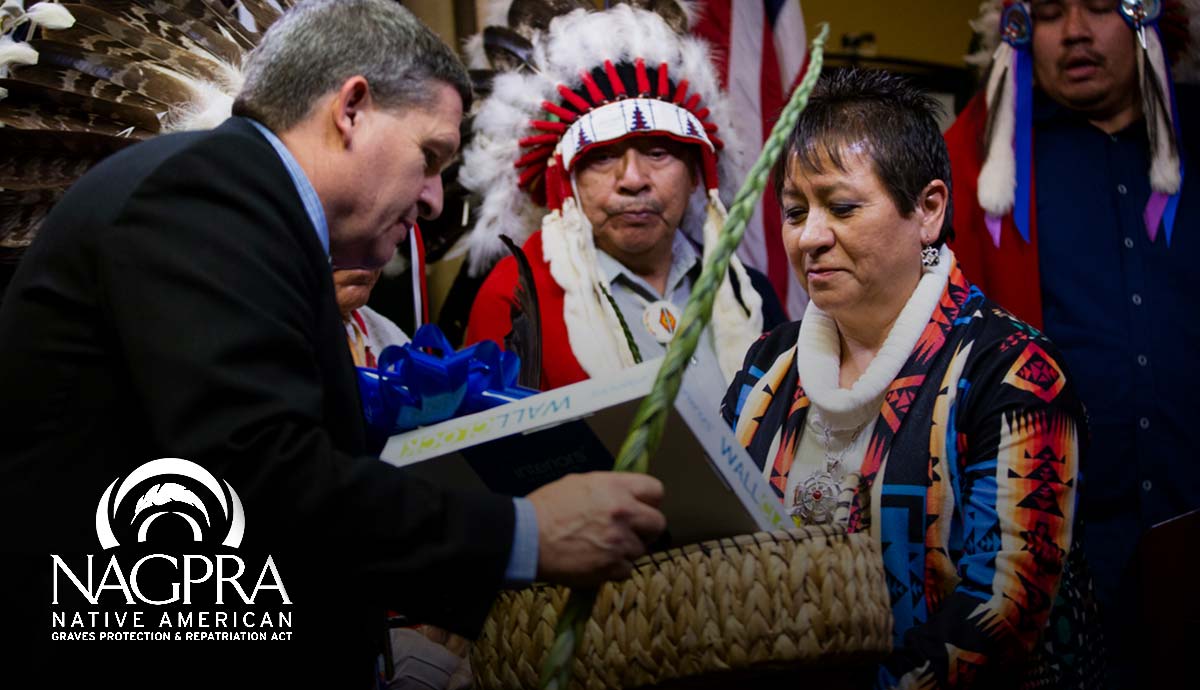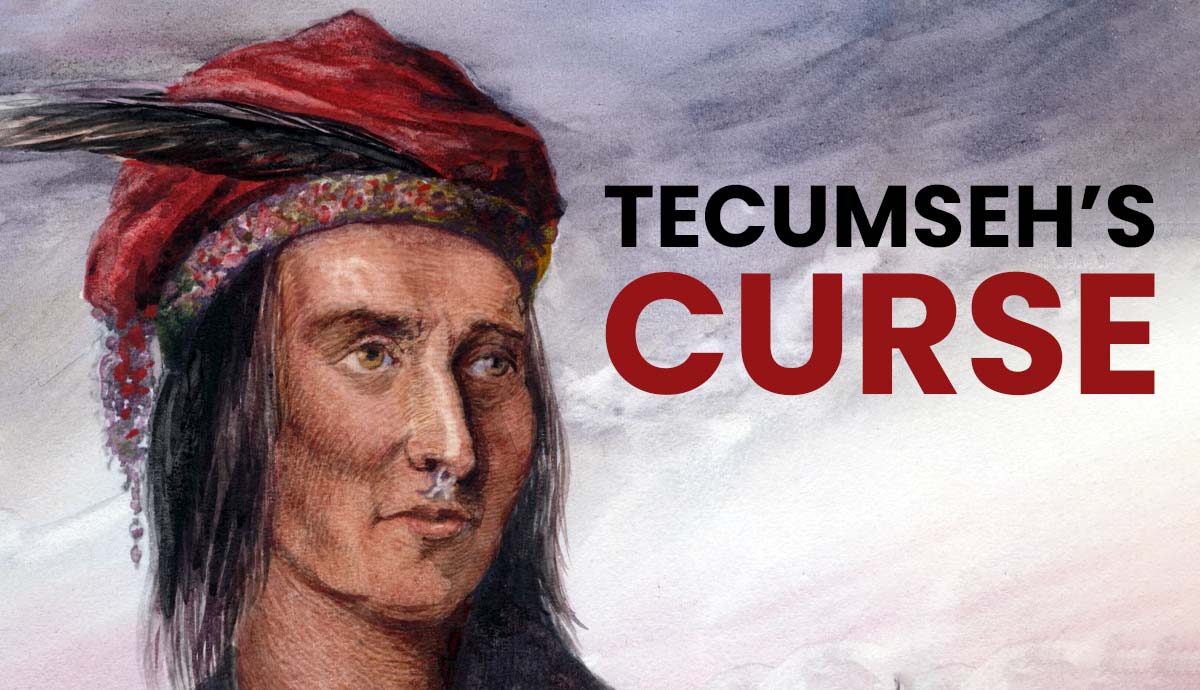
One of the most successful innovators of his time, Henry Ford is known for his vehicle empire and the introduction of timeless strategies to streamline business. His ideas for modernization extended beyond just building vehicles to the very systems that served as the foundations of production, including procuring materials and facilitating labor. One of his objectives was to create a jungle paradise where workers would live and labor in a virtual utopia. His plan resulted in the town of Fordlandia—and the realization that not all ideas were meant to succeed.
A Master Businessman

As a young engineer at Detroit Edison Company, Henry Ford was inspired by his boss and mentor, Thomas Edison. Ford began experimenting with inventions of his own at his mentor’s urging, and in 1892, he produced his first gas-powered “horseless carriage.” While it was by no means the first car, Ford was laying the groundwork for an automobile empire. He went on to make bigger and better vehicles, particularly his most famous, the Model T, in 1908. The Model T ultimately became the first car that was affordable for the average American and was the top-selling vehicle for the Ford Motor Company, of which Henry was founder and president, for decades.

The main reason the Model T was so affordable was Ford’s development of a production assembly line in his plants. A common efficiency practice even in the modern world, Ford designed his factories so that each piece of the car-building process was streamlined, consistent, and uniform. This cut labor time drastically and allowed Ford to pass savings on to his buyers. His forms of mass production soon spread through other manufacturing industries and continued to be refined and innovated to maximize efficiency. To further boost productivity, Ford began implementing methods to control his output from the ground up. The company began purchasing means of production for the raw materials that went into the cars, such as sawmills to produce wood for vehicle bodies.
In these production areas, Ford also began building “company towns”—villages that provided low-rent housing to factory employees, in which the company owned all of the town’s utilities, stores, schools, and entertainment. Ford envisioned thriving communities centered around a single industry, and many popped up throughout Michigan due to his efforts. Beyond optimizing vehicle production, it seems Ford aspired to create a perfect society.
The Rubber Meets the Road

In 1927, Ford realized that Sri Lankan rubber prices, under British monopoly, were having a significant impact on his ability to keep his vehicles affordable. He began exploring ways to produce his own rubber for tires and hopefully cut production costs. He decided that the Amazon basin was the perfect place to establish his own means of generating rubber. Once a very productive region, the area had suffered from parasites, blight, and the growth of the Sri Lankan market, resulting in a devastated economy by 1920. Not only poised to develop “fertile land,” Ford also had plans to create a utopian society within the jungle.
In 1929, construction began on Ford’s imagined paradise, Fordlandia. As the first basic structures were built, they were segregated. The Villa Americana, for the US workers and executives who would fly in periodically, was constructed separately from the quarters designed for native Brazilian workers. The areas weren’t just separate, they were disparate as well. For example, the Villa Americana had running water, while the Brazilian workers carried water from wells. As construction progressed, Fordlandia became a functional company town, with schools, sawmills, a water tower, cafes, and a hospital, the first of its kind to perform intricate surgery within the depths of the Amazon rainforest. The Villa Americana neighborhood also included a golf course, swimming pool, tennis courts, and a movie theater.
Ego vs. Environment: Challenges Arise

Troubles plagued Ford’s paradise from the outset. Clearing the jungle to build rubber plantations was more challenging than anticipated, and the company found itself constantly short of workers. Complicating matters, sanitation was not a priority during the early days of construction, and hundreds of workers died of disease.
Ford had very specific ideas of what he wanted his utopia to be like and placed restrictions on the workers living there with their families. A ban on alcohol proved impossible to enforce and only increased tensions between company executives and laborers. Gambling, Catholicism, and indigenous foods were discouraged. A strange illustration of Ford’s peculiarities was his disdain for cows. After a childhood of loathsome chores on his family farm, Ford hated the beasts, calling them inefficient and unsanitary. As a result, he pushed the use of soy milk in Fordlandia, even for babies in the town’s hospital. Ford had strong beliefs regarding proper nutrition, which molded the menus in the town’s cafes and the workers’ cafeterias. His required staples, such as whole wheat bread and oatmeal, were unpopular. This discontent flared when a Ford executive changed the food distribution in the workers’ dining hall to cafeteria-style rather than restaurant-style with wait staff. Workers flew into a rage, and extensive turmoil followed. The mess hall was destroyed, and the angry mob moved to other parts of the town. Vehicles were pushed into a nearby river, generators were damaged, and chaos ruled the day. Although the Ford Motor Company was paying good wages and providing amenities to their workers, their imposition of foreign practices and expectations compromised the success of Fordlandia from the start.

While Ford’s social experiment was struggling, his dreams of affordable rubber production floundered as well. He failed to consult industry professionals about the feasibility of his plantations and their design. Instead of hiring professionals, Ford relied on his executives to manage the rubber farming to his specifications. As a result of uneducated managers and poor planning, the plantations were sown in the wrong season and the wrong type of terrain.
Ford also insisted on maximizing the number of plants per acre, perhaps his biggest mistake. Concentrating his operation instead of spreading it out as experts advised him put the plants at greater risk from a number of natural dangers. These threats were one of the reasons the Brazilian rubber trade had collapsed just decades earlier. Rubber plants were vulnerable to disease and pests such as caterpillars. Efforts were made to battle the caterpillars with a natural predator, ants, but upon their introduction, the ants became problematic as well. The plantations struggled to take off and never thrived. No rubber harvested from Fordlandia was ever used in Ford vehicles.
The End of a Dream

Despite the struggles that Ford faced both in his social endeavors and the rubber business, he refused to quit. He continued to pour money into Fordlandia, accumulating expenditures of over twenty million dollars over two years. Ford continuously justified his efforts as a sociological experiment or a way to “cultivate human beings.” However, in 1945, he finally gave up. The Ford Motor Company sold the land, buildings, and manufacturing equipment to the Brazilian government and left, never to return. Though Henry Ford had cashed out, the people of Fordlandia, his former employees, remained. Ironically, a large portion of the former town was turned into a cattle ranch.
A rundown Fordlandia still exists today, with approximately 2,000 residents, some still occupying the homes the Ford Motor Company built for their workers. Many buildings, including the hospital and cinema, have been ransacked or torn down. There are no water treatment facilities, electricity can be spotty, and no roads are paved. The illiteracy rate is 25%, and 80% of people in the area live in poverty.
This hasn’t stopped newcomers from moving in, though many demolish old Ford-era homes, favoring new builds. Some new public facilities have been created in addition to the surviving Ford buildings, including schools and churches. However, local historian and school teacher Luiz Magno Ribero fears the town will no longer exist in 30 years. An initiative began over 25 years ago to award Fordlandia a historical designation with Brazil’s heritage agency, recognition that would make the area eligible for funding for community restoration and preservation. However, bureaucratic failures have left the application for historical designation “in review” for years.

Henry Ford was a man of grand ambitions. While he was a wildly successful innovator in the automobile industry, this success did not translate to all of his endeavors. His plan for a tropical utopia in the form of the company town of Fordlandia was one scheme that would not come to fruition. Despite millions of dollars and Ford’s drive for progress and prosperity, his idea crumbled. The last remaining individual who had worked for Ford Motor Company’s Brazil holdings died in 2023. Many of the town’s remaining residents are relatives of those who tried to help Ford prevail, despite his missteps. This is all that remains of Ford’s grandiose scheme to impose Midwest values on South America while making his company more efficient and prosperous.










